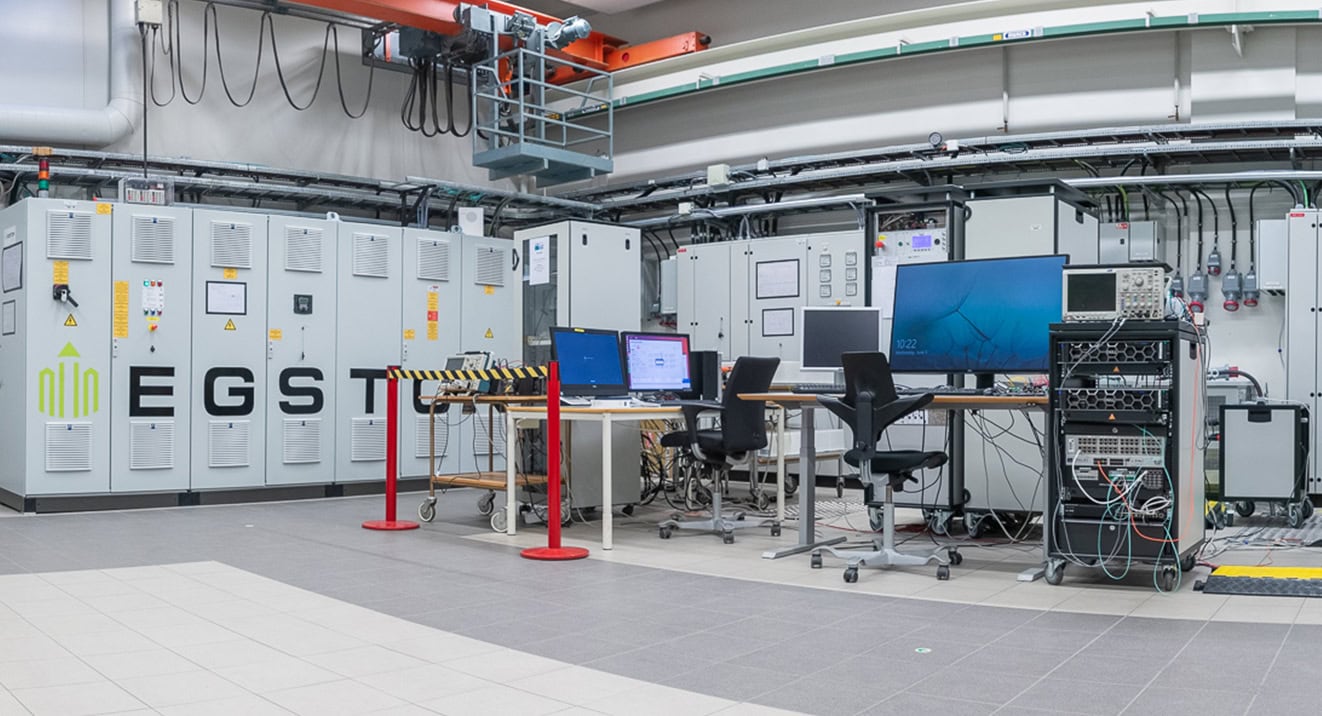In the past, our laboratory was much more modest in terms of size and capabilities. We knew we needed to upgrade. In this context, we knew that we would like to go in the direction of Power Hardware in the Loop, but we were not quite sure which power amplifier would best suit our needs.
Investing in this kind of equipment is not something you do every day. This is a decision with long-term implications and multiple factors to consider. You want to make really future-proof investment, and you need to make sure that the product you buy will really cover all your current and future needs.
We looked for the best possible option that the market can offer – the state of the art in terms of power amplifiers.
We wanted a switch mode amplifier with high dynamics. We initially considered going with a smaller linear amplifier, rather than a larger switch-mode amplifier, or something that offers a smaller bandwidth but works in all 4 quadrants.
Accidentally, our search brought us in contact with EGSTON Power Electronics. Back then, the company was in its early stages, but based on their amplifier specifications it looked like they could really meet our needs, and we picked them. Ever since the day of its installation we have been using their power amplifier regularly, and all things considered, the projects we handle, the type of experiments we can perform with this equipment, and the ease of use, I still think that EGSTON has been the right choice for us.


